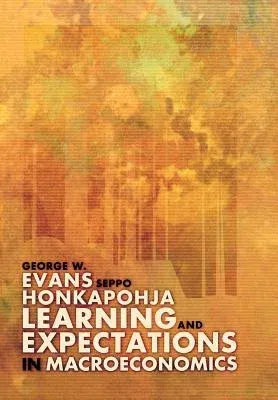A crucial challenge for economists is figuring out how people interpret
the world and form expectations that will likely influence their
economic activity. Inflation, asset prices, exchange rates, investment,
and consumption are just some of the economic variables that are largely
explained by expectations. Here George Evans and Seppo Honkapohja bring
new explanatory power to a variety of expectation formation models by
focusing on the learning factor. Whereas the rational expectations
paradigm offers the prevailing method to determining expectations, it
assumes very theoretical knowledge on the part of economic actors. Evans
and Honkapohja contribute to a growing body of research positing that
households and firms learn by making forecasts using observed data,
updating their forecast rules over time in response to errors. This book
is the first systematic development of the new statistical learning
approach.
Depending on the particular economic structure, the economy may converge
to a standard rational-expectations or a "rational bubble" solution, or
exhibit persistent learning dynamics. The learning approach also
provides tools to assess the importance of new models with expectational
indeterminacy, in which expectations are an independent cause of
macroeconomic fluctuations. Moreover, learning dynamics provide a theory
for the evolution of expectations and selection between alternative
equilibria, with implications for business cycles, asset price
volatility, and policy. This book provides an authoritative treatment of
this emerging field, developing the analytical techniques in detail and
using them to synthesize and extend existing research.

